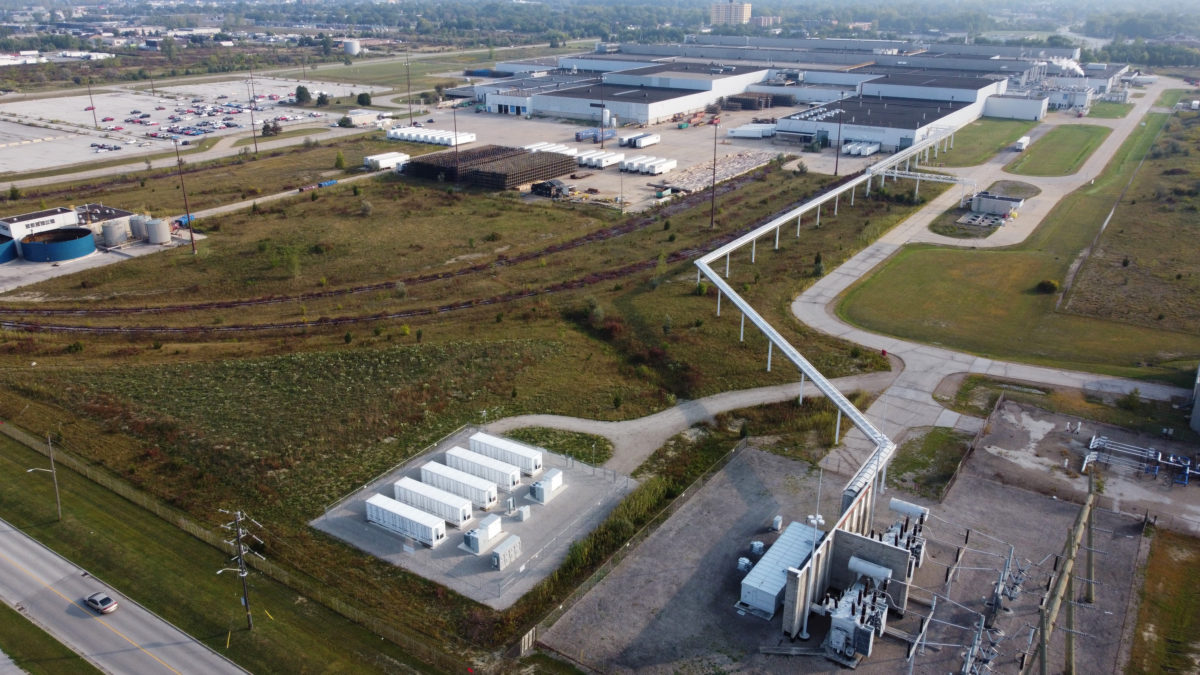Earth Day was founded in 1970 as a call to protest the deterioration of the environment and to raise public consciousness of air and water pollution. At that time, the situation was dire as gas-guzzling automobiles took to the roads in record numbers, and oil spills, factory pollution, and wildlife extinction were accepted as simply a part of “doing business.”
Today, the adoption of electric vehicles and the transition to renewable energy is critical to reducing carbon emissions and fighting climate change—a societal and economic shift that has the potential to match the industrial revolution in scale.
A half-century later, the clean energy transition is more critical than ever. This transition will not happen on its own—it requires action.
The theme of this year’s Earth Day is “Invest in Our Planet,” something that feels particularly resonant in the context of the Inflation Reduction Act (IRA), the single largest investment in climate and energy in American history.
As of January 1st, there is greater alignment between political will and institutional investment than ever before. The IRA allocated $369 billion to invest in energy security and combatting the climate crisis. It delivers a sea change for the energy storage sector because it provides an investment tax credit that covers 30% of the size of the investment—for the first time—to what is known as “standalone” energy storage. The tax credit can increase beyond 30% with various bonuses, including those tied to developing projects in low-income communities or using US-made products. Prior, energy storage was only eligible for the investment tax credit when paired with solar, also known as solar-plus-storage.
There has never been a more financially incentivized time to develop energy storage, which is the linchpin of the clean energy transition.
Money talks and plenty of it has already been put to work. According to Bloomberg NEF, a record $495 billion was invested in renewable energy in 2022, nearly $50 billion in the United States alone. From 2019 until the end of 2022, private-market equity investors launched more than 330 new sustainability, ESG, and impact funds, according to McKinsey. The cumulative assets under management in these funds grew threefold, from $90 billion to more than $270 billion.
At Convergent Energy and Power, we’ve experienced firsthand how the private sector has embraced—and continues to embrace—the clean energy transition. As recently as five years ago, energy storage, most often in the form of a battery energy storage system, was not on the radar of most businesses—or utilities—as a way to manage energy costs. Today, battery storage, often paired with solar generation (solar-plus-storage), offers organizations a proven way to reduce energy costs and support sustainability goals at the same time.
Convergent is proud to have developed energy storage systems with companies like Ford Motor Company and Shell New Energies to help reduce their electricity consumption during carbon-intensive grid peaks, which supports the long-term sustainability of the grid. We have also partnered with utilities including National Grid, which recognizes the value that solar-plus-storage provides to their customers.
We are invested in our planet. The dollars are there—now we need the sense. We need all stakeholders to recognize that energy storage is the linchpin of the clean energy transition. We need the consensus that the future of energy is already here.
While the threats to our planet feel imminent, so does the cleaner, healthier, and safer future that Earth Day inspired.

Johannes Rittershausen serves as Convergent’s chief executive officer and member of the board. Prior to co-founding Convergent, Johannes worked as a senior project manager in corporate strategic planning and the electric vehicle readiness unit at Southern California Edison from January 2007 to November 2011. Johannes holds a Bachelor of Arts in Philosophy, Politics and Economics, with a focus in Economics, from Pomona College and a Master of Arts from Georgetown University’s School of Foreign Services.
The views and opinions expressed in this article are the author’s own, and do not necessarily reflect those held by pv magazine.
This content is protected by copyright and may not be reused. If you want to cooperate with us and would like to reuse some of our content, please contact: editors@pv-magazine.com.








If pvmagazine and others want to UNLEASH THE FLOODGATES OF FINANCE TO USHER IN A ZERO POLLUTION EARTH… JUST DEMAND IMPLEMENTATION OF THE 1992 UN RIO AGREEMENT (PRINCIPLE #16)… WHICH ALL HAVE IGNORED (PURPISELY AT THE BEHEST OF THE POLLUTERS..???) FOR 30 YEARS NOW…
The above has been Accepted / Ratified by 200+ Nations but Implemented by … NONE … !!!
Principle #16 firmly establishes the the POLLUTERS MUST PAY (PMP) for thdthe Damage and Societal Costs caused by Pollution from their Products & Services.. but even AFTER 30 YEARS NO POLLUTER HAS PAID EVEN ONE DOLLAR…!!!!
A Global, Uniform, Fair & Just PMP Levy of $0.28/KWhe on the 130Trillion KWhe of Energy used Globally.. TODAY.. will UNLEASH $36.5 Trillion /yr for the 9 Million PREMATURE Deaths Annually and 275 Million DALY of Suffering caused Globally by Pollution from Production & Use of Energy.. TODAY…
This can FINANCE & USHER IN A ZERO POLLUTION USA.. EARTH etc.. within a Dozen years from the $400 Trillion Levied / Collected…
What/Why is pvmagazine waiting to expose these MASS MURDERS & SUFFERINGS CAUSED BY THE POLLUTERS ..???
Your Silence confirms your Complicity with THE POLLUTERS…